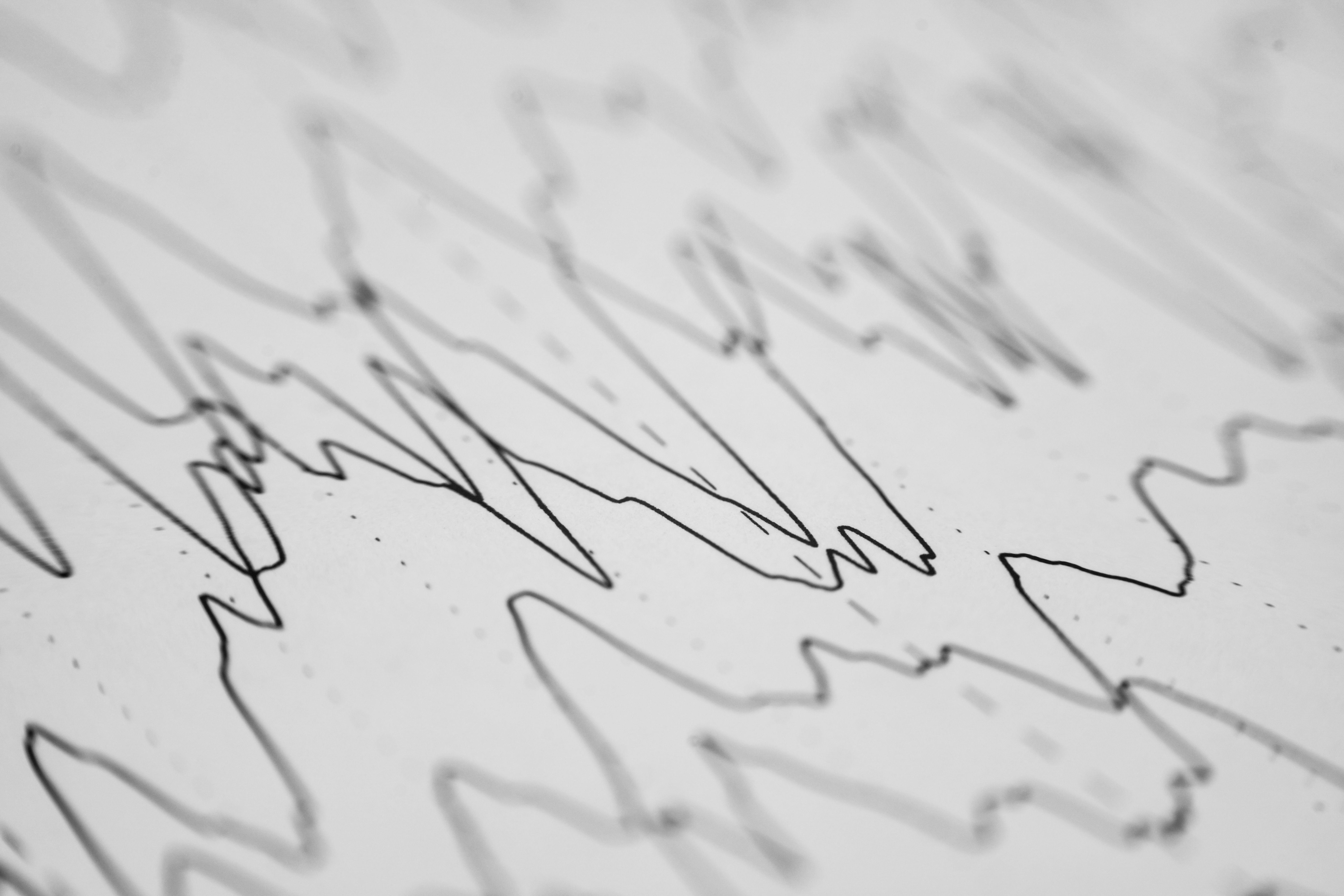- Center on Health Equity and Access
- Clinical
- Health Care Cost
- Health Care Delivery
- Insurance
- Policy
- Technology
- Value-Based Care
Single-Channel EOG Shown to Be Reliable for Automatic Sleep Staging in Various Sleep Disorders
A large cohort study demonstrated the validity and reliability of single-channel electro-oculography (EOG) for sleep-stage classification.
The use of single-channel electro-oculography (EOG) has demonstrated reliable sleep-stage accuracy in patients with various sleep disorders, according to a recent study published in Physiological Measurement.1
As outlined by the American Academy of Sleep Medicine (AASM) manual, sleep staging is the process of characterizing 30-second epochs—or segments—of sleep as pertaining to 1 of 5 distinguished stages of sleep: REM, non-REM (NREM) stages 1 through 3, or wake (W).2 This method helps guide diagnoses for sleep disorders and is carried out with 3 scalp electroencephalography (EEG) electrodes, 2 chin electromyography (EMG) electrodes, and 2 EOG electrodes, and the subsequent sleep-stage visual is referred to as a hypnogram. As the authors of the present study note, prior research has questioned the need to perform each of these 3 measures, citing their costly nature and hypothesizing that a subset of signals from the EEG/EMG/EOG could be enough for individual sleep-stage analysis.1
EEG Reading for Sleep Staging Model | image credit: Rungruedee - stock.adobe.com

Single-channel EOG staging, the authors added, has been brought forward as a potential alternative. Whereas something like the EEG requires electrodes be placed above the hairline—which can cause discomfort—the EOG, which usually is concerned with slow or rapid eye movements, gives the opportunity to attach dry electrodes to a sleep mask and can even be self-applied. To test the validity of a single-channel EOG staging algorithm in individuals with sleep disorders, the authors conducted a large-scale study utilizing this method to analyze patient data from the Sleep and OSA Monitoring with Non-Invasive Applications (SOMNIA) archive.
Data were gathered from a total of 774 recordings that were split into 3 test recordings: train (n = 574), hold-out (n = 100) and validation (n = 100). These recordings surveyed individuals across the spectrum of sleep disorders, including circadian rhythm disorders, sleep-disordered breathing, hypersomnolence, insomnia, movement disorders, and parasomnias. Patients were included who completed a full polysomnography (PSG)—which informs sleep staging—from January 2017 through February 2021. The resulting hypnograms were compared with the gold-standard human scoring informed by the AASM and included metrics of accuracy, per-class F1 scores (higher scores indicate better precision), and Cohen kappa (which measures reliability).
Their results demonstrated a diagnostic accuracy of almost 85% and a Cohen kappa of 78.1% and 79.6% for the left and right electrode of the EOG, respectively. F1 scores with the left and right EOG demonstrated a precision of 89.4 % and 90.2% for W stage, 54.8% and 55.1% for NREM1, 88.5% and 88.2% for NREM2, 85.0% and 86.7% for NREM3, and 87.1% and 87.4% for REM across all participant recordings. The researchers noted that the right EOG performed significantly better than the left EOG (P < .05), but this could be due to its placement, which is closer to the top of the scalp than the left EOG. “Because of this,” they added, “more desired EEG interference could get coupled into the right EOG, thereby enabling it to perform more accurate sleep staging. Additional research is however needed to establish what the effect of EOG electrode placement is on the performance of automatic sleep staging algorithms.”
As the authors concluded, they noted that no significant performance differences were identified between different sleep disorders. Overall, they stressed the importance of their results for indicating the accuracy and reliability of a single-channel EOG method for automatic sleep staging and speculated on the benefits it could provide for individuals with more complex sleep disorders.
References
1. van Gorp H, van Gilst MM, Overeem S, et al. Single-channel EOG sleep staging on a heterogeneous cohort of subjects with sleep disorders. Physiol Meas. Published online April 23, 2024. doi:10.1088/1361-6579/ad4251
2. Malhotra RK. AASM Scoring Manual 3: a step forward for advancing sleep care for patients with obstructive sleep apnea. J Clin Sleep Med. Published online January 22, 2024. doi:10.5664/jcsm.11040
Examining Low-Value Cancer Care Trends Amidst the COVID-19 Pandemic
April 25th 2024On this episode of Managed Care Cast, we're talking with the authors of a study published in the April 2024 issue of The American Journal of Managed Care® about their findings on the rates of low-value cancer care services throughout the COVID-19 pandemic.
Listen
Health Equity and Access Weekly Roundup: May 4, 2024
May 4th 2024This week, the Center on Health Equity and Access highlights a variety of gaps that exist in health care, spanning women's health, the rising rate of metabolic disease, and policy for LGBTQ+ and immigrant populations. The consensus among featured experts points to comprehensive care models.
Read More
Navigating Health Literacy, Social Determinants, and Discrimination in National Health Plans
February 13th 2024On this episode of Managed Care Cast, we're talking with the authors of a study published in the February 2024 issue of The American Journal of Managed Care® about their findings on how health plans can screen for health literacy, social determinants of health, and perceived health care discrimination.
Listen
A new federal rule will enable thousands of immigrants in the Deferred Action for Childhood Arrivals (DACA) program to obtain health care through the Affordable Care Act; a forthcoming CMS rule is expected to lower home-based care wait times and raise caregiver wages; the HHS Office for Civil Rights has finalized 2 rules that strengthen the ACA’s health care discrimination ban.
Read More
